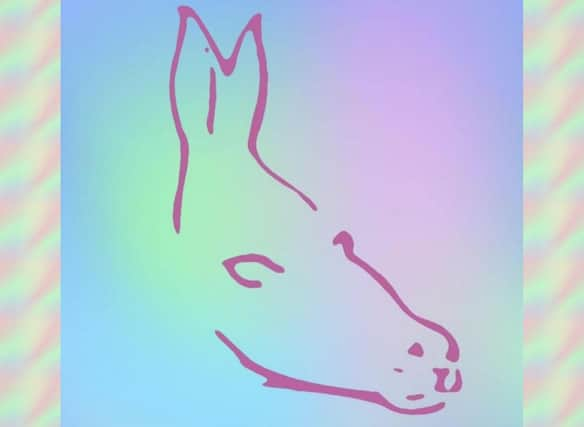Mermaid or fish optical illusion: What was the 'mermaid or fish' optical illusion and why did it go viral?


Optical illusions are known to often break the internet and go viral on social media platforms like TikTok and Twitter, with a unique ability to divide opinion and create a conversation online.
Popular optical illusions of recent years, such as the blue or gold dress debacle, have moved on slightly from more traditional swirling, kaleidoscopic and geometric patterns that play havoc with our visual perception by overstimulating the brain.
Advertisement
Hide AdAdvertisement
Hide AdBut 2022's viral sensation of the mermaid, fish optical illusion shows that the basic appeal of optical illusions where a single picture or drawing can look like multiple different objects or things to different people, remains the same – and just as confusing.
Here’s what the popular mermaid or fish optical illusion is, where it came from and why it was so popular.
What is the mermaid or fish optical illusion?
The so-called mermaid or fish optical illusion gave viewers an image of a pink stencil drawing of what can appear to be several different creatures, with the caption suggesting: “If you’re right-brained, you’ll see a fish.
"If you’re left-brained, you’ll see a mermaid.”
Those who see a fish in the drawing and are called ‘right-brained’ are said to be more creative, emotional and intuitive, whereas those who are allegedly ‘left-brained’ are said to be more logical, analytical and attentive to what’s going on in their own minds and internal, rather than externally and around them.
Advertisement
Hide AdAdvertisement
Hide AdBut many of those seeing the image for the first time are being met with what looks like a donkey or seal drawing - causing confusion among lots of social media users.
The illusion itself resembles that of the popular illusions created by Polish-American ‘pop’ psychologist Joseph Jastrow, who sought to make science and psychology more appealing and accessible to the American public in the early 20th century through entertainment.
Jastrow’s Rabbit-Duck illusion is a famous example of an illusion or ambiguous drawing of something which could be viewed as different objects.
Can you really be ‘left-brained’ or ‘right-brained?
The right or left-brained theory outlined with the mermaid or fish illusion is one commonly associated or suggested with optical illusions, but whether it holds any scientific or psychological weight is far less ambiguous than the illusions themselves.
Advertisement
Hide AdAdvertisement
Hide AdWhile the brain does have two separate ‘hemispheres’, with the parts of the left hemisphere controlling parts of your body’s right side and function and vice versa, the notion of creative or critical thinking skills being majorly aligned with either side is false.
There has been little or no evidence to support the theory of being right or left-brained, despite the persistence of the idea in popular science and culture.
Instead, neuroscientists contend that the symmetrical hemispheres of our brains work together in a far more complex way than simply being dominated by the right or left side.
Why has the mermaid, fish optical illusion gone viral?
The mermaid fish illusion spread like wildfire across different social media sites, with users posting their results or thoughts on the image across Facebook, Twitter and TikTok.
Advertisement
Hide AdAdvertisement
Hide AdMany of the results were hotly contested, especially as celebrities with huge numbers of followers began to take note of the optical illusion and give their own results online.
JK Rowling was foremost among them, tweeting her disagreement with the mermaid or fish, writing instead: “It’s a donkey, though.”
Her response back in March last year gained more than 140,000 likes on Twitter and prompted more responses from other celebrities – with Stephen Fry similarly tweeting: “Personally, donkey first, then seal - not finding a fish or a mermaid …”
Where does the mermaid or fish illusion come from?
Where the image originated from exactly wasn't easy to pin down, with some users saying they first saw it on Twitter and others saying it was initially spotted on TikTok.
Advertisement
Hide AdAdvertisement
Hide AdBut the mermaid or fish illusion appears to instead be derived from older ambiguous seal/donkey drawings and illusions, explaining why so many people are spotting these creatures in the illustration over a mermaid or fish.
The seal or donkey illusion is one which seems to have been circulating as an optical illusion for more than a decade, with eagle-eyed social media sceptics identifying it in a research paper looking at how children with autism might perceive or interpret ambiguous drawings, which dates back to 2010.
Comment Guidelines
National World encourages reader discussion on our stories. User feedback, insights and back-and-forth exchanges add a rich layer of context to reporting. Please review our Community Guidelines before commenting.
